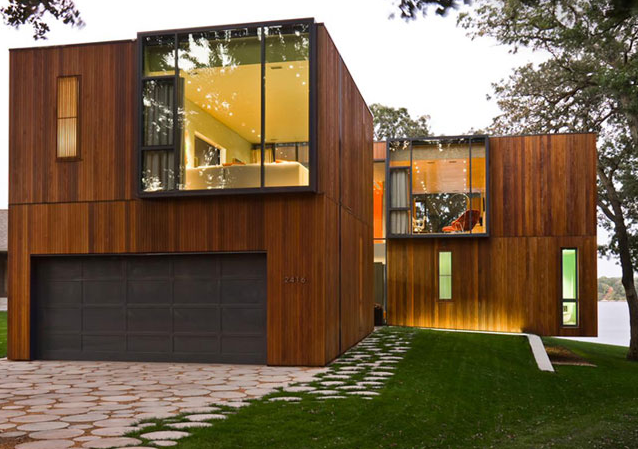What factors to consider when choosing the right Prefabricated Container House?
Choosing the right prefabricated container house is a significant decision that involves considering various factors to ensure that the final structure meets your needs, preferences, and lifestyle. Here are key factors to keep in mind when selecting the perfect prefabricated container house:
1. Purpose and Use:
Determine how you plan to use the container house. Will it serve as a permanent residence, a vacation home, an office, or a mobile unit? The intended purpose will influence the size, layout, and features you need in the container house.
2. Size and Layout:
Container houses come in various sizes, ranging from single containers to multi-container configurations. Consider the number of occupants, the required living space, and the layout that best accommodates your needs. Determine how many rooms, bathrooms, and living areas you need, and choose a layout that optimizes functionality and flow.
3. Location and Regulations:
Check local regulations, zoning codes, and building permits before choosing a container house. Different areas may have specific requirements regarding placement, size, aesthetics, and usage of container houses. Ensure that your chosen design complies with these regulations.
4. Insulation and Climate Control:
Insulation is crucial for maintaining a comfortable interior temperature and energy efficiency. Consider the climate of the location where the container house will be placed. Choose insulation materials that provide adequate thermal and sound insulation, ensuring a pleasant living environment year-round.
5. Aesthetics and Design:
Prefab homes can be customized to match your aesthetic preferences. Consider exterior finishes, colors, and architectural elements that align with your personal style. Some companies offer various design options, while others allow for extensive customization.
6. Quality and Durability:
Investigate the quality of the container and the construction process. Opt for high-quality containers that are structurally sound and free from rust and damage. The welding, reinforcements, and finishing details should meet industry standards for durability and safety.
How to Maintain and Extend the Lifespan of Your FRP Tank
The Difference Between Corrugated Metal Culvert and Plastic Corrugated Pipe
What is the advantage of steel roof truss?
What’s the Difference: Paper and Fiberglass Mesh Drywall Tape
Are I-joists stronger than timber?
A Guide to Buying Original Fiberglass Stock Tanks
When to Use granny flat container?
7. Budget and Cost:
Determine your budget for the prefab container house, considering not only the initial cost but also additional expenses such as transportation, permits, site preparation, foundation, utilities, and interior furnishings. Compare quotes from different suppliers to find a balance between cost and quality.
8. Transportation and Site Accessibility:
Consider how the container house will be transported to the site. Assess the accessibility of your property for delivery and installation. If the site is challenging to reach, discuss logistics with the supplier to ensure a smooth delivery process.
9. Foundation and Site Preparation:
Depending on the site and local regulations, you may need to prepare a foundation for the container house. Evaluate your options, such as concrete slabs, piers, or raised platforms, and choose the one that suits your site conditions and budget.
10. Utilities and Off-Grid Options:
Plan for utilities such as water, electricity, and sewage. Determine whether the container house will be connected to existing utilities or if you'll explore off-grid options like solar panels, rainwater harvesting, and composting toilets.
11. Supplier Reputation and Reviews:
Research the reputation of the supplier or manufacturer. Look for reviews, testimonials, and examples of their previous work. A reputable supplier should have a track record of delivering high-quality container houses and excellent customer service.
12. Future Expansion and Flexibility:
Consider the potential for future expansion or modifications. Container houses are inherently modular, allowing for easy additions or adjustments as your needs change over time.
Choosing the right prefabricated container house involves careful consideration of your unique requirements, lifestyle, and vision. By evaluating these factors and working with a reputable supplier, you can ensure that your container house becomes a comfortable, functional, and stylish space that suits your needs for years to come.
See also:Unveiling the Power of Post-Tensioning Wedges in Structural Engineering
Spillway Crest Gates: Controlling Water Flow in Dam Structures
What are the benefits of using geogrid in road construction?
Realistic Dinosaur Costume's Ultimate Guide
What are L shaped anchor bolts used for?
Difference Between Dam And Reservoir
Benefits of Using Carboxymethyl Cellulose (CMC) in Wall Putty










